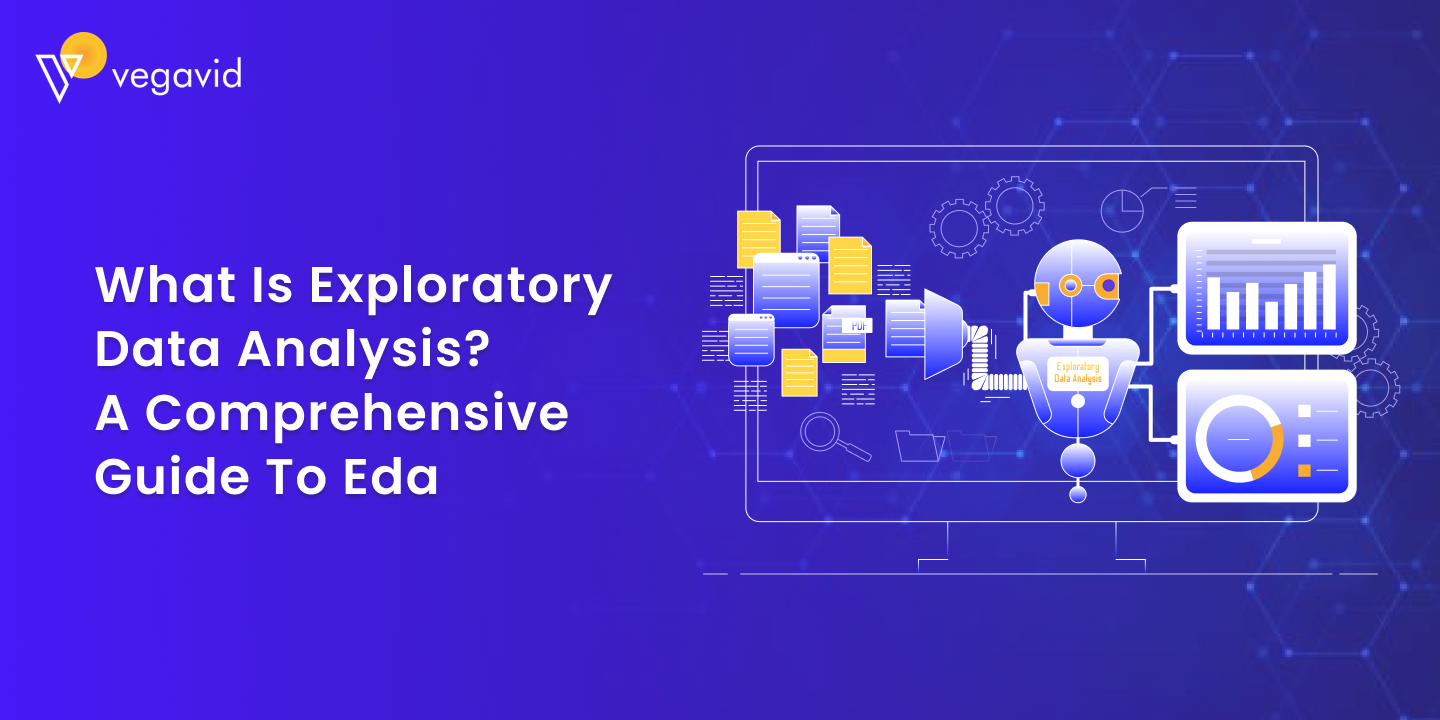
Data, the lifeblood of many industries, holds immense potential for informing decisions, uncovering trends, and solving problems. But raw data is often like a treasure chest locked tight – its riches remain hidden until you have the key. Exploratory Data Analysis (EDA) is that key, a powerful technique for unlocking the secrets within your data and gaining valuable insights.
What is Exploratory Data Analysis (EDA)?
EDA is the initial step in any data analysis process. It’s an iterative, visual, and hands-on approach where you delve into your data to understand its characteristics, identify patterns, and formulate initial hypotheses. It’s a crucial step that sets the stage for further statistical analysis and modeling.
The Goals of Exploratory Data Analysis:
- Gain a Deeper Understanding of Your Data: EDA helps you become familiar with your data’s structure, central tendencies (like mean or median), variability (spread of data points), and potential outliers.
- Identify Missing Values and Data Quality Issues: EDA helps you detect missing data points, inconsistencies, or errors within your dataset. Addressing these issues ensures the reliability of your analysis.
- Discover Patterns and Relationships: By visualizing your data through graphs and charts, EDA can reveal hidden patterns, trends, and relationships between variables.
- Formulate Hypotheses for Further Analysis: Based on your observations during EDA, you can formulate initial hypotheses that can be tested through statistical modeling in later stages.
The Tools of the Trade: Techniques in EDA
EDA utilizes a variety of techniques to explore and analyze data. Here are some of the most common ones:
- Data Visualization: Creating charts and graphs like histograms, scatter plots, box plots, and heatmaps helps visualize the distribution of data, identify patterns, and spot outliers.
- Summary Statistics: Calculating measures like mean, median, standard deviation, minimum, and maximum values provides a quantitative understanding of your data’s central tendencies and spread.
- Data Cleaning: Identifying and addressing missing values, inconsistencies, and errors within the data is crucial for ensuring the validity of your analysis.
- Data Transformation: Sometimes, transforming data (e.g., scaling, taking logarithms) can be necessary to improve the normality of the data or visualize relationships more effectively.
The EDA Process: A Step-by-Step Guide
- Define Your Question: Before diving in, clearly define the question you’re trying to answer with your data analysis. This will guide your exploration and help you identify relevant variables.
- Get Familiar with the Data: Start by understanding the structure of your data – variable types, data types, and any existing documentation.
- Data Cleaning and Preprocessing: Identify and address missing values, inconsistencies, and errors within the data.
- Univariate Analysis: Analyze each variable individually using summary statistics and visualizations like histograms or box plots to understand its distribution and central tendencies.
- Bivariate Analysis: Explore relationships between two variables using scatter plots or correlation coefficients to identify potential patterns or dependencies.
- Multivariable Analysis: For datasets with many variables, consider dimensionality reduction techniques or more advanced statistical methods to explore relationships between multiple variables.
- Documentation and Communication: Document your findings, including visualizations, key observations, and any assumptions made during the EDA process. This allows for clear communication and future reference.
The Importance of EDA: Why Should You Do It?
Investing time in EDA offers several advantages:
- Uncovers Hidden Insights: EDA can reveal patterns and trends that might not be readily apparent from just looking at raw data.
- Improves Data Quality: The cleaning and preprocessing steps in EDA ensure the reliability of your analysis.
- Guides Further Analysis: EDA helps you formulate focused research questions and choose appropriate statistical methods for deeper exploration.
- Saves Time and Resources: By identifying potential issues early on, EDA can prevent wasted time and resources down the line.
Conclusion:
Exploratory Data Analysis is an essential first step in any data analysis project. By following a structured approach, utilizing various techniques, and documenting your findings, you can unlock the hidden potential within your data and gain valuable insights to inform your decisions and answer your most pressing questions. So, the next time you have a dataset in hand, remember – the key to unlocking its secrets lies in effective Exploratory Data Analysis.











